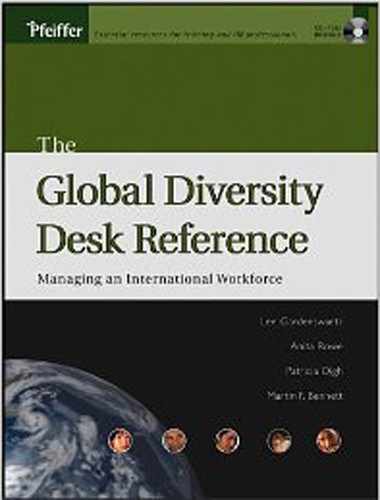Chapter 1. Beyond Diversity: What Is Culture?
Takeo Fujisawa, cofounder of the Honda Motor Corporation, once said, "Japanese and American management is 95 percent the same, and differs in all important respects." It is those "important respects" that this book is designed to address and illuminate.
Fujisawa and other business leaders like him realize that in an era of rapid globalization, while there is convergence and alignment on many traditional aspects of business management and leadership, it's the divergence and dissimilarity that make all the difference.
The current pace of globalization, technical innovation, interdependence, and competition is forcing business leaders to work across political and cultural frontiers in new ways. The administrative, legal, and financial environments of different countries and regions of the world—the United States and Japan of Fujisawa's experience—are easy to grasp because they are usually tangible and codified, easily translated and communicated. To be sure, miscommunication can always occur, but the chances of that are relatively low compared to the risk of error and misunderstanding about social systems and cultural environments, since they are quite intangible and very difficult to quantify, grasp, and communicate.[] In this environment, knowledge of what is beneath the surface—culture—is critical to success.
A recent review of cross-cultural management literature identified five areas of inquiry that are core to this book: (1) Does individual and organizational behavior vary across cultures? (2) How much of the observed difference can be attributed to cultural determinants? (3) Is the variance in organizational behavior worldwide increasing, decreasing, or remaining the same? (4) How can organizations best manage within cultures other than their own? and (5) How can organizations best manage cultural diversity, including using diversity as an organizational resource?[]
To begin answering those questions, this chapter will address four key areas and serve as grounding for the chapters to come. These core concepts include:
The evolution of the concept of diversity;
The impact of globalization on business and on diversity work;
The fundamental, grounding concept of culture itself; and
The business case for global diversity.
In addressing the third issue, this chapter will present a basic primer on concepts of culture and begin to address how culture impacts business. Various models of culture, stages of cross-cultural adaptation, and the realities of culture in a global organization will be addressed. By introducing these concepts, we will set the stage for future chapters in the book, which will address these issues in more depth. Each subsequent chapter will address the impact of culture on organizational behavior and processes such as communication, conflict, or organizational systems themselves. For example, in Chapter 3, you'll learn more about the impact of culture on communication; in Chapter 4, cultural difference on teams will be addressed.
To help set the stage for learning, in this chapter you will also find a glossary of terms that will be useful in reading the book and will be explanatory for non-U.S. readers who may need additional background information to understand the U.S. context for diversity work, which is the context from which these co-authors begin.
